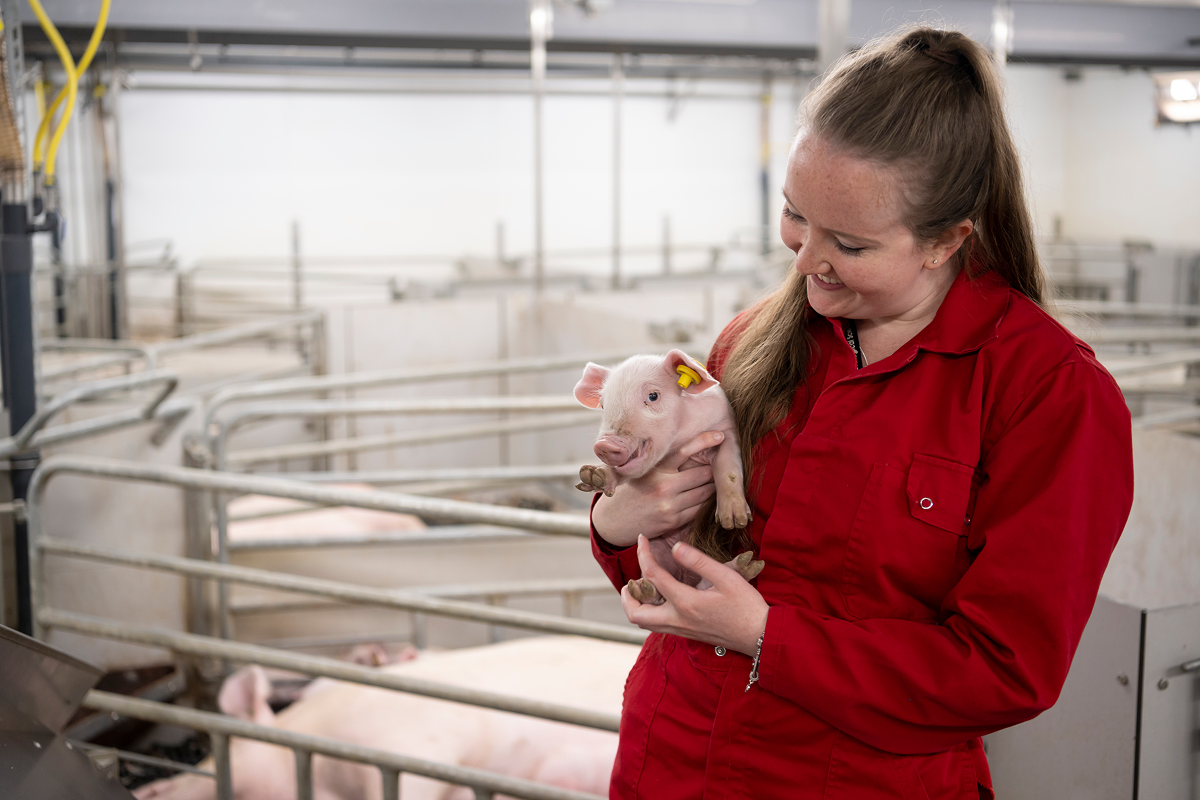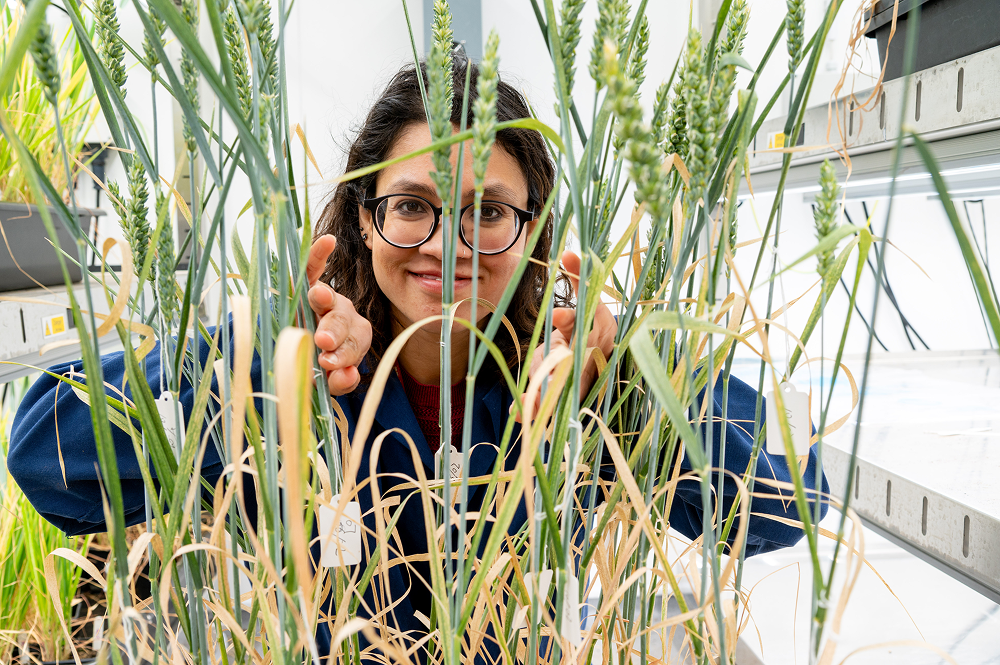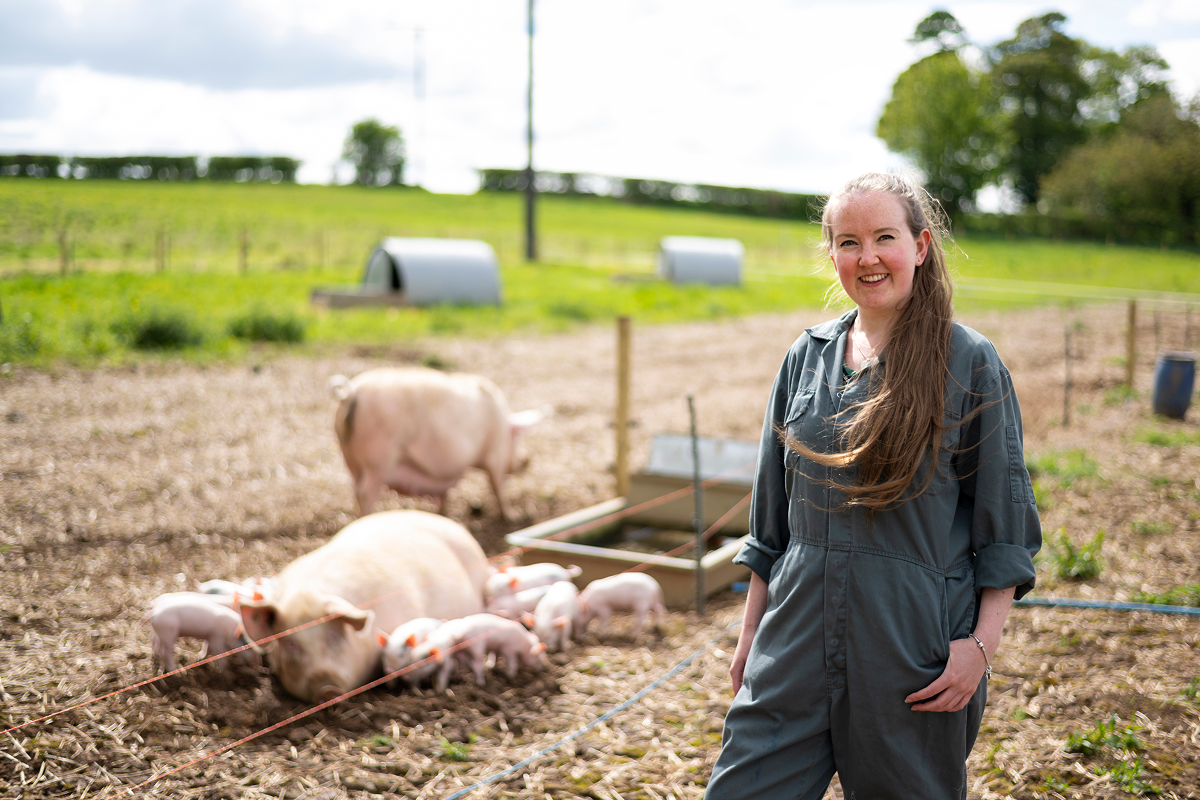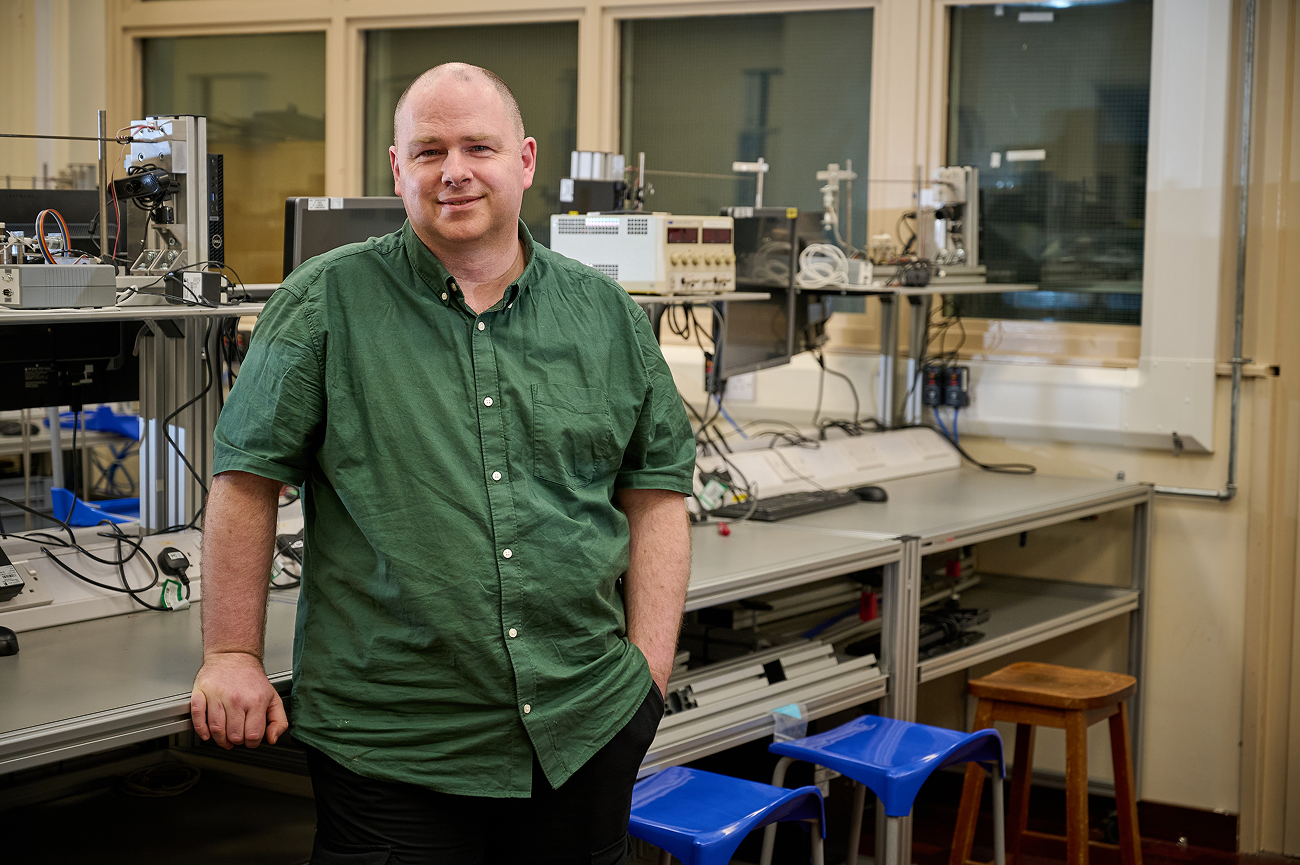PUTTING GREAT IDEAS INTO PRACTICE

Funded through a £1 million donation from business leader Michael Beverley (Economics and Politics 1973), the Michael Beverley Fellowships enable Leeds researchers to explore how their ideas can make real impact on society.
Working with each other and supported by businesses, external organisations and the wider University community, Fellows work to transform their research proposals and projects from concepts into reality. Here we meet three of them.
Dr Suruchi Roychoudhry

Increasing the productivity of wheat crops was the focus of the Fellowship awarded to Dr Suruchi Roychoudhry (PhD Biology 2014), Senior Research Fellow in the Centre for Plant Sciences.
The shape of a wheat plant can be critical to its yield, as Suruchi explains: “If the shoots grow more upright, they have a greater capacity for photosynthesis, and therefore potentially higher yield. You can also plant them closer together, and that increased planting density increases productivity too.”
It’s a critical issue. With a growing world population and stresses to the cereal market caused by climate change and geopolitical issues such as the war in Ukraine, it’s vital to maximise yield. Wheat is also very sensitive to fluctua-tions in the weather; drought can wipe out healthy crops, while in 2020, UK production dropped by 50% due to flooding caused by two weeks’ rain.
Suruchi’s work is exploring how gene- editing can change the architecture of cereal crops to grow more upright. There’s also the potential to use similar techniques to modify the roots to go deeper, making them less vulnerable to drought. Trials in the campus greenhouses have already shown promising results.
Following the Fellowship, Suruchi received the University’s Impact Acceleration Award, which supports early-stage translation of research into real impact. “The next stage is to get proof-of-concept funding, and then we can move out into field trials.
“I’m very excited about it,” she adds. “We need to use every tool at our disposal to maximise food productivity in a sustainable manner without over-reliance on fertilizers. The concept of modifying plant architecture has real potential and could have implications for other important food crops like rice or sorghum.
"The Fellowship has given me confidence in my own abilities and opened a lot of doors.”
Dr Katie McDermott

For Dr Katie McDermott (MBiol 2014, PhD 2019) the Michael Beverley Innovation Fellowship was an opportunity to test an innovation in animal welfare which could support agricultural productivity.
It tackles the issue of farrowing crates, used widely on pig farms since the 1960s. “They were introduced to increase production,” she says. “For a week before her piglets are due, and for about four weeks afterwards, the sow is confined to these small crates where she feeds the piglets as they grow.”
The crate prevents the sow from turning around, reducing the risk she will accidentally crush the piglets. But they have raised major ethical questions, particularly around the stress caused by the sow being unable to move, make a nest, or prevent lively piglets clambering over her. They are already banned in several countries and there are plans to phase them out in the UK.
“The industry is moving towards temporary crates which the mothers stay in for shorter period of time,” says Katie. “These are already available and some farms have got these in place. Lots of others want to use them but are waiting for guidance on how to use them best, both for the welfare of their animals and to maintain productivity.”
Since 2019, the University has been home to the National Pig Centre at our farm near Tadcaster. And here Katie’s research aims to provide that understanding, and help farmers transition to this new method of production.
The Fellowship enabled Katie to conduct a pilot study into the use of the crates. She also developed relationships with stakeholders such as the National Pig Association, Department of the Environment, Food and Rural Affairs (DEFRA), and the companies who build and install the crates. “Working with industry is not something we do naturally as academics. The Fellowship helped me go into it with a business head, rather than a research head.”
Her initial results have been promising, showing that just four days may be the optimal time for the sows to be confined, both for their own welfare and that of their piglets. The results have now leveraged further funding, both from DEFRA and the University’s own Policy Support Fund, to expand the research and provide all the evidence for the benefits of the temporary crates.
Dr Ray Holt

Dr Ray Holt (Mechanical Engineering 2001, PhD 2005) came to Leeds in 1998 for his undergraduate degree – and has been here ever since. “I became very interested in the decision-making behind product design. Many things designed by engineers didn’t take into account that people are human beings.”
After his PhD, Ray became a lecturer on our innovative BSc course in product design. He joined the University’s research on stroke rehabilitation robotics – to which many alumni and other donors have contributed – which illustrated the potential of using engineering to improve the lives of those living with disabilities. The Michael Beverley Innovation Fellowship allowed Ray to pursue research into wearable haptics for the visually impaired.
“Imagine someone with limited hearing and vision wanting to take a bus into town, get off at the right stop, go to a shop and meet friends at a restaurant. We wanted to build something which gives them awareness of the space they are in, and their position in it.”
His prototype vest uses a network of vibration devices to help the wearer navigate. “The Fellowship allowed me the time and the money to buy the equipment and design the vest.” A group of students tested it by navigating the Mechanical Engineering foyer blindfolded.
While Ray has now refined the device further – and is looking at embedding the technology into a shawl or sleeve – the question of how to map people’s position accurately remains a big challenge. “GPS isn’t detailed enough and doesn’t work indoors anyway. We’ve installed ultra-wideband beacons in the lab which accurately triangulate people’s position but there would be a huge cost of having these everywhere.
“Even so, I’m still enthusiastic. I can see applications where people might use this in their own homes, and I’m thinking about how we might piggy-back on existing technologies to minimise the cost of using it more widely.”
There is also the potential of developing the design to communicate speech and verbal information to those with both sight and hearing impairments.